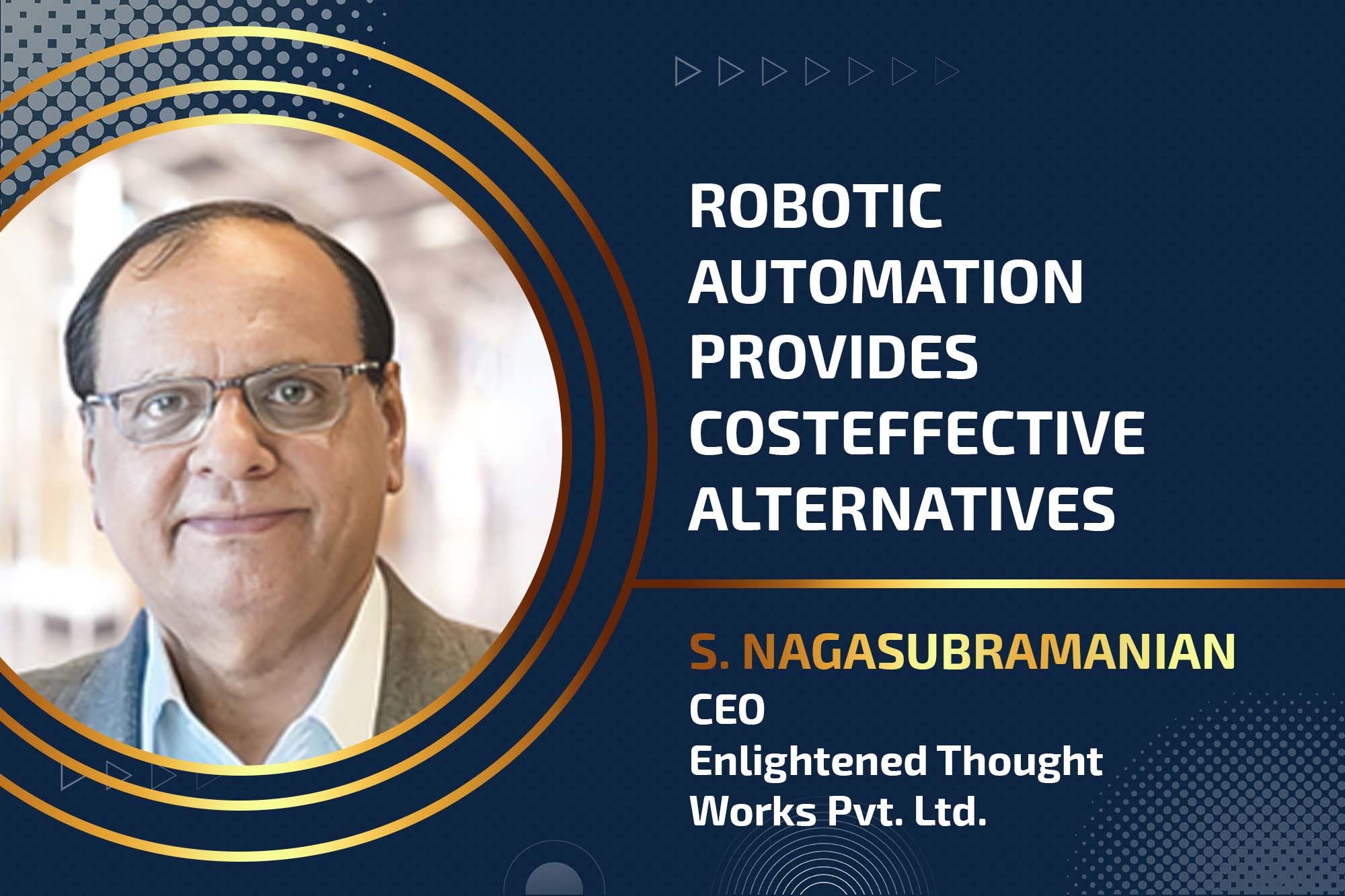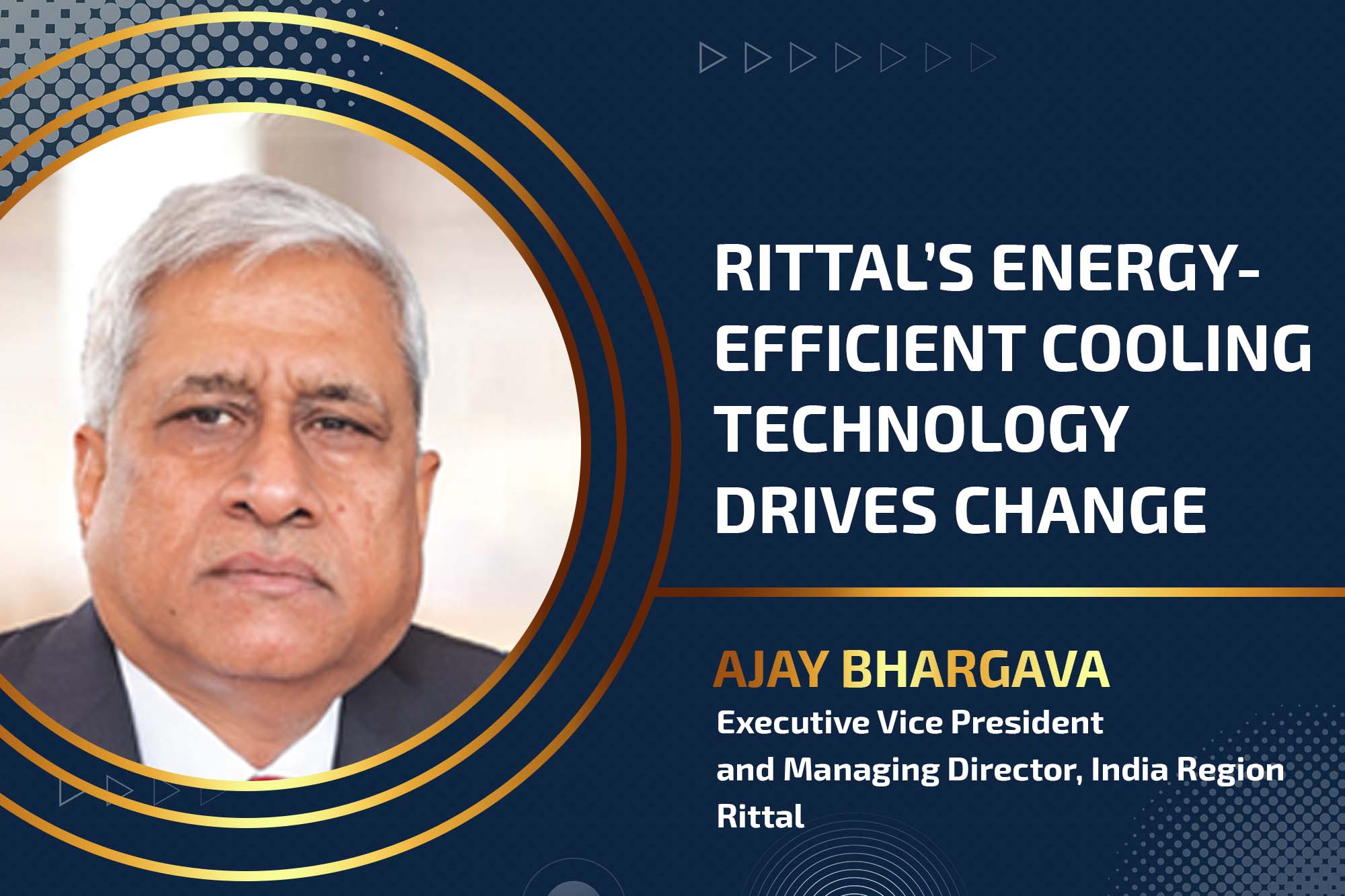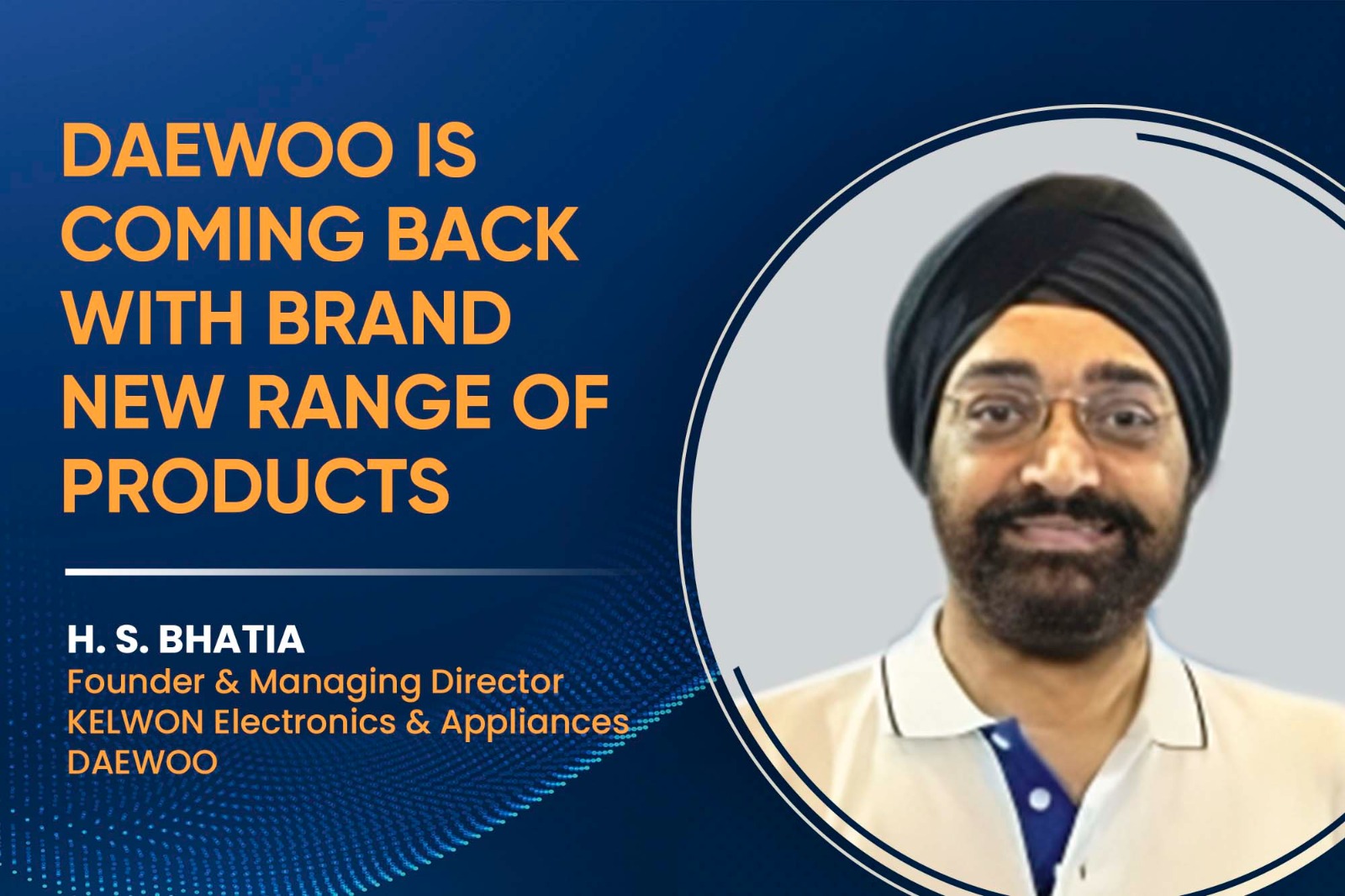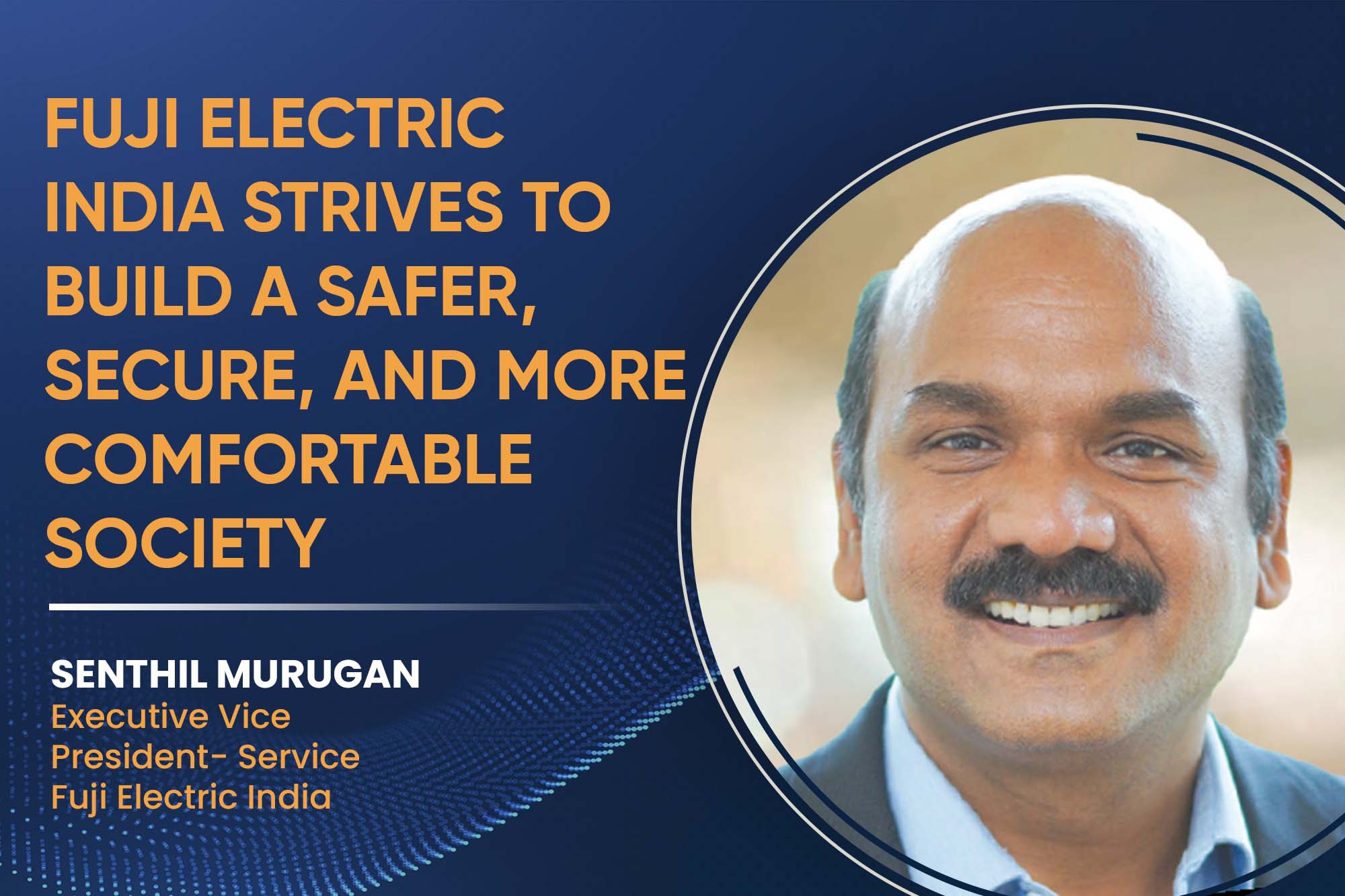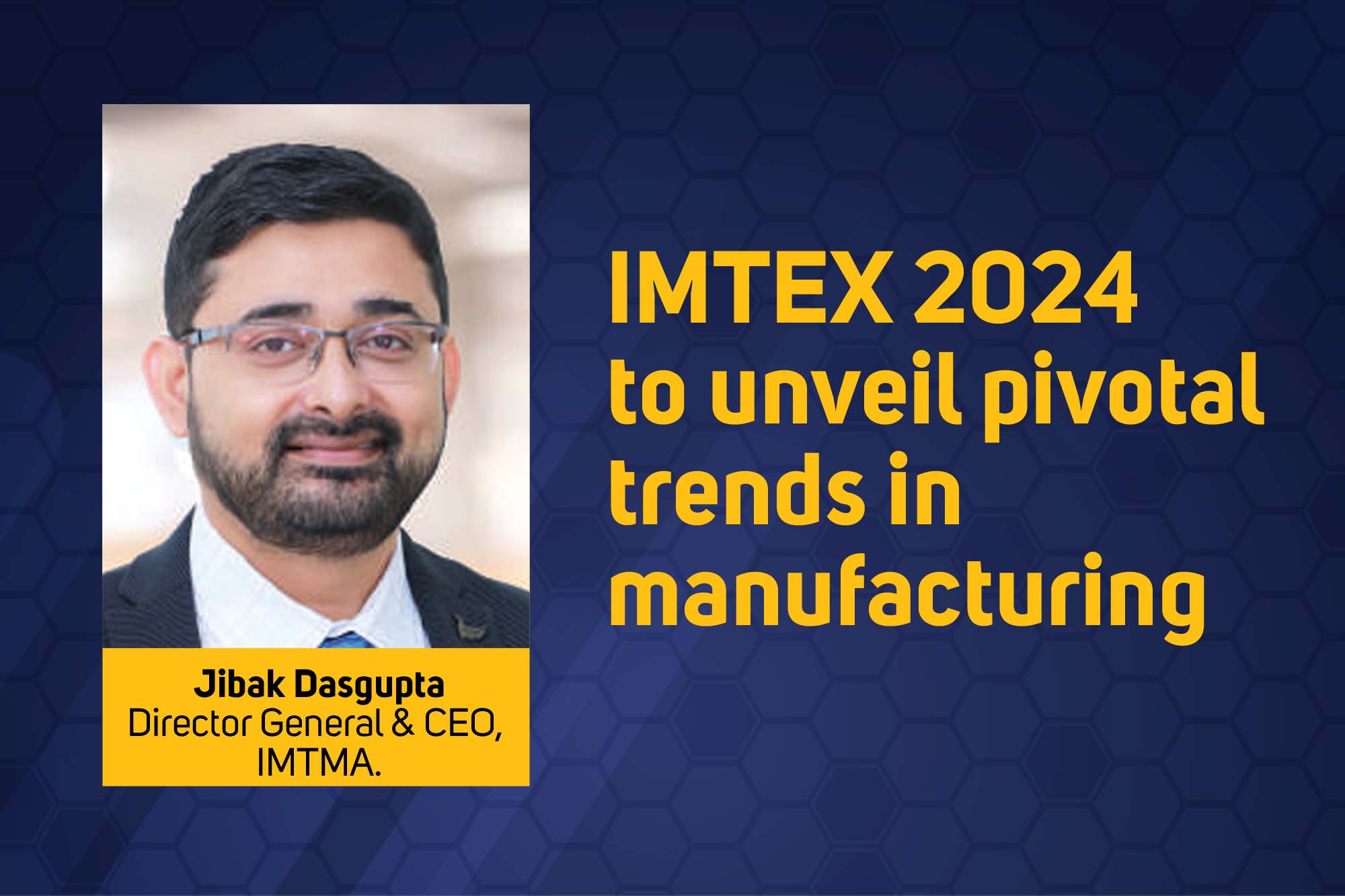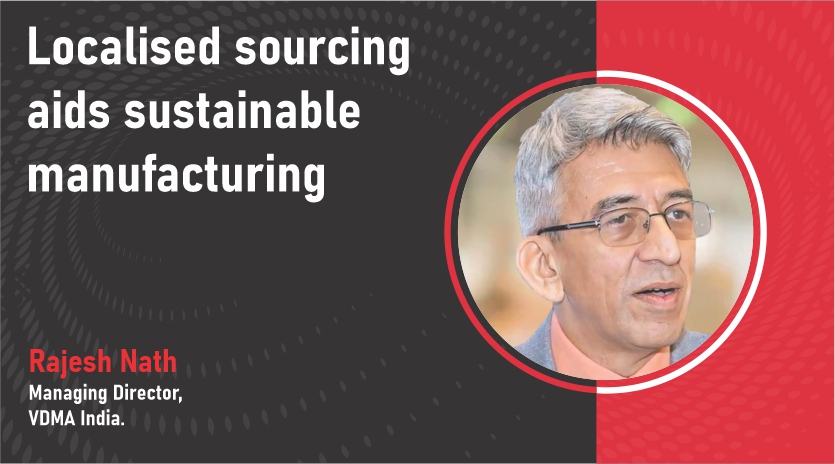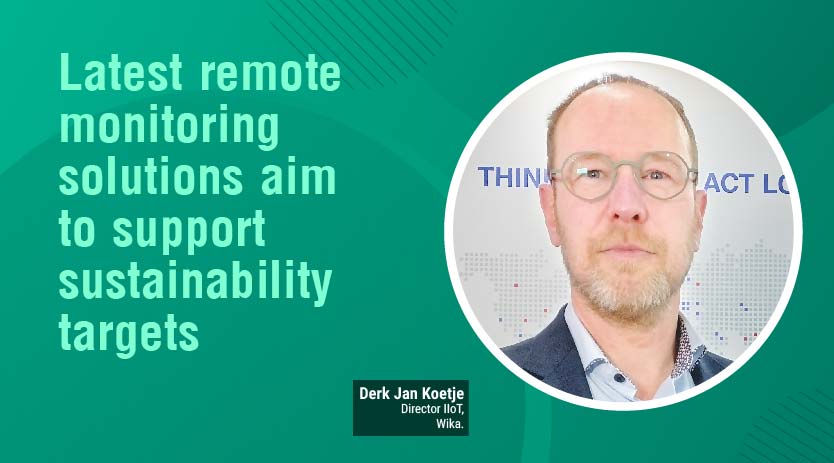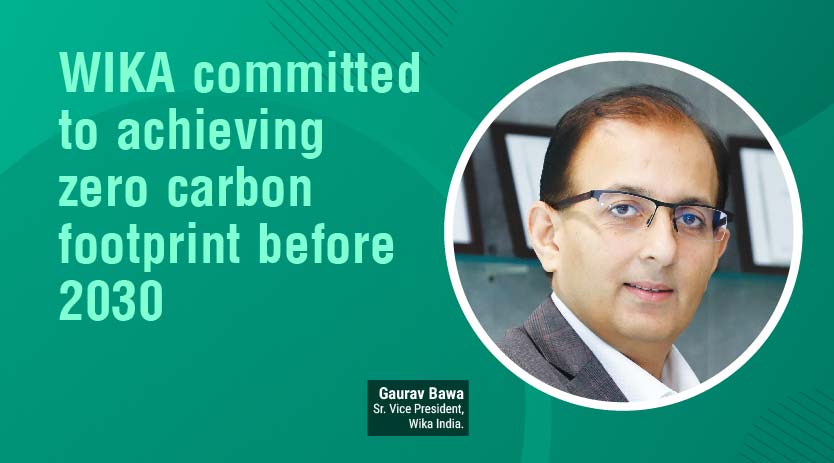Lot of clients in a global environment require certification of machine tool
By OEM Update Editorial January 3, 2022 5:41 pm IST
XD laser can calibrate your machine four times faster than standard methods.
Choosing the right calibration partner
I want to focus on how to choose your right calibration partner. Whether you want to calibrate your machine tools, or whether you want to calibrate robots or your CMMs. Now very basic, a lot of people might have a question, why do we need to calibrate in the first place? We bought a very expensive CNC machine or you know, we’re maintaining the machine in a very nice manner. Do we really need to calibrate? So that’s the fundamental question that comes to everyone’s mind. A lot of people do calibrate their machines and lots and lots of customers do not. So why is it so important?
Significance of calibration
Machining being a very critical process going forward, the machines themselves will become more intelligent, there will be artificial intelligence from machines that we will be expecting. And they would either have their own ageing system to correct themselves. But if we look at what we have today, the machines that we see around us are all these different hundreds of grams of CNC machines that we see, for robots or CMMs (coordinate measuring machines).
The biggest challenge that we have is today, when you bought the machine, you have all the reports and everything about it, whether it was five micron per metre or the positional accuracy was one micron. All that was committed to you or maybe proven to you using a block on which you actually cut two holes and measure the centre distance or whatever way you accepted that machine. Once you start manufacturing, cutting the next day onwards, what’s happening with the machine in terms of its positional accuracy, its repeatability? And its geometrical accuracy is something beyond anybody’s control, nobody can control that, neither the OEM, nor you nor your operator, it all depends on the kind of tools that you use, what kind of stresses are induced.
And obviously, this is all metal. So eventually there is wear and tear, after a period of time, it could lose its accuracy. We don’t know that time. So depending on different brands, the cost of the equipment or CNC machine that you have, it would vary in terms of its quality or its reliability. But still there is a definite question mark that you have today, after six months, one year, two years, three years of use of the machine, where do you stand? Where does that machine stand today? So here if you have these four components, which have the tolerance required a 15 micron 60 micron 30 micron, 50 micron respectively.
If you knew after calibration where my machine was standing today and that it had a positional accuracy of 25 micrometres, I would get a much better picture of which job should go on what machine. So, if I know that my second machine is 15 micron, the third one is 20 micron and the fourth one is 10 microns, I would not choose a 50 micron part on that 10 micron machine. Of course, the assumption here is that these are all similar types of machines; all are capable of doing all of these jobs. However, we would select the right machine with the right accuracy requirement of the part. This can only happen if you have a complete understanding of the geometrical accuracy of the machines. And you have complete understanding of the positional accuracy of the machine as well as the repeatability.
Sixth degree of freedom
It is very important to also understand, what is the sixth degree of freedom, that we need to talk about. So the 6th degree of freedom mainly means that when you’re moving the machine from zero to whatever direction in a particular axis, you have its linear displacement, you have its vertical straightness, your horizontal straightness and your pitch, yaw and roll. So this comprises the total six degrees of freedom of one axis, then of the second and of the third, so it’s a total of 18 errors. So our system with which we try and calibrate these 21 error parameters. So let’s understand very quickly what these six doors are. (Specifically, the body can move in three dimensions, on the X, Y and Z axes, as well as change orientation between those axes though rotation usually called pitch, yaw and roll) i.e. Straightness, flatness, roll, pitch and yaw. So we’re talking about measuring all of this. Obviously, once you measure all these parameters, certain things you can compensate for, you can compensate for certain errors which are related to your ball screw which we normally call as pitch errors. And this can be directly compensated into your controller, the backlashes can be compensated, a lot of servo mismatches can be compensated, the spikes of reversal of your machine can access reversal can be compensated. So, there are several items that can be compensated straight electronically and improve your machines accuracy significantly, but there are geometrical errors, which apparently cannot be directly compensated and there are methods to compensate those errors you know through the mechanical adjustments.
The need to calibrate machineFirst acceptance testing, they will allow you to accept or reject or you know the particular part onto that particular machine so it’s an assignment. Next is obviously preventive maintenance. You have several machines with different ages, different types and different sizes, all of this can be very quickly very neatly addressed, all that can be measured and documented, and at the same time every periodic frequency can be recalibrated. Oh, the certification many times is very important. A lot of clients today in a global environment require certification of your machine tool.
If you have a CNC machine, it needs to be calibrated. So there’s a need from your supplier or from your OEM. So that’s one of the important reasons for your limitations. So there are machine accuracy limitations, which we need to understand. It’s a very wrong assumption that a machine would exhibit a certain level of accuracy just because you committed that accuracy when you purchased it. So over a period of time, whatever loss of accuracy, it’s very important to understand where your limitations are. It can help you in improving the older machines’ performance. So when you see that there are five year old, six year old, 10 year old machines, they’re working very well. But you yourself know that they are 10 year old, so you’re just kind of putting a roughing job on it, or maybe a part which does not require too much of accuracy. This all can be corrected.
Obviously there are geometrical issues with that machine, but then that all can be corrected, you can replace the ball screws, you can replace the guides, you can replace the electronics, you can replace the controller, there’s a lot of things that you can do in order to still bring out what you want from those old machines, ultimately, is the reduction in the wastage. So if you know today that your machine is where it stands, you’re not going to choose the wrong part on it. And that would eventually help you in lesser rejections. Ultimately, that’s the goal that everyone has more and more accuracy.
Precision laser measurement system for machine tools
I introduce automated precisions XD Laser, a precision laser measurement system for machine tools. The XD Laser multi-axis interferometer is a fast and accurate tool capable of measuring all six degrees of freedom on your machine simultaneously. Its compact design and ease of setup maximises the measurement area in your machine and allows it to fit in one small travel case. The XD Laser is a flexible tool capable of measuring milling machines, lathes, laser cutters, drills, grinders, router machines, and much more.
The XD Laser is available in four different models depending on your measurement needs. The XD one measures the position of your machine. The XD three measures straightness, the XD five measures pitch and yaw while the XD six measures roll. Using the magnetic base, mount the XD on the bed of the machine. The sensors should be mounted into the spindle of the machine. Next, mount the weather sensor to account for environmental variants throughout the measurement. Now, align the axes so that the laser beam reflects in the sensor on the other side. You are now ready to begin the calibration process. The XD laser can calibrate your machine four times faster than standard methods and the accuracy of its measurements is traceable to the National Institute of Standards of technology and with API’s worldwide support team you can depend on it everywhere in the world. After measurements are complete API’s and telecom software easily formats your compensation files to painlessly upload onto your CNC. API’s XD laser is a one of a kind measurement device to measure the health of your machine tool. It is an assessment system that can measure all 21 error parameters simultaneously in a single set-up. It’s convenient and quick setup saves time and money in just a few hours. One person can fully measure all of the axes of your CNC and bring it back to the OEMs.
Industry 4.0: robot performance
Coming to the industry 4.0, we do have a solution again, for the robot based vision to reality measurement. This is something with which you can give vision to a robotic system, whether you attach drilling or welding or anything to it, you can actually mark and completely guide the position of the robot in a much higher accuracy. And that way, you can have a closed loop manufacturing. Ultimately, we also can do the robot performance solution.
And it is very equally important that as we talk about machine tools, we talk about the robots because they are everywhere, and in every which field. That’s the next thing that we see. And we have a complete solution today in order to calibrate the software hardware, for which we need to get an ISO standard 9283 (deals with manipulating industrial robots) way calibration.
Cookie Consent
We use cookies to personalize your experience. By continuing to visit this website you agree to our Terms & Conditions, Privacy Policy and Cookie Policy.




